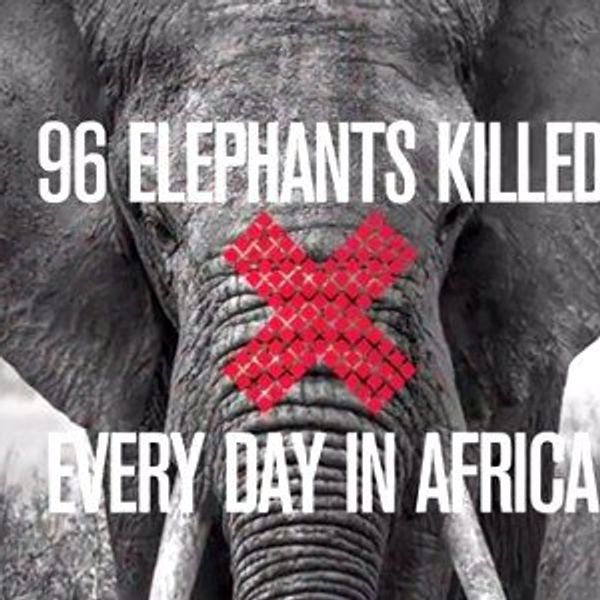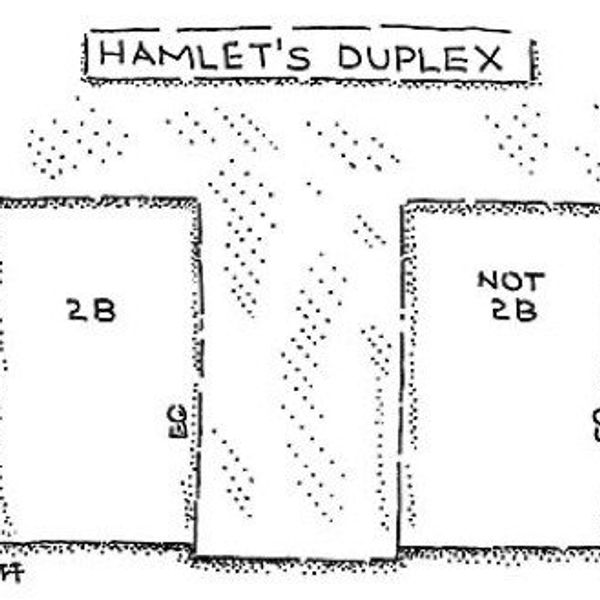Grey kangaroos are fascinating marsupials and animals that affect the planet in many more ways than one. Like humans, they have their own community and population set aside that affects our ecosystem in various ways. Grey kangaroos are known to be widely populated over the years, but in recent studies, it has been shown that the culling of them increases by the year. Hoping to find another answer to protecting their species, as well as the earth, it’s up to humans, inevitably, to fix this situation. Here, society wonders if they harm us as pest’s more than as hospitable guests and throughout this literary review exactly that will be the main focus. In analyzing and comparing data found through peer-reviewed articles and literary journal pieces listed below, it is important to note that many viewpoints and experiences elicited will help better make myself understand my own perception and understanding. Overall, the criteria stresses the understanding of if kangaroos are a fret to humans and the environment or are they beneficial to everything. In the end, grey kangaroos, both eastern, western, and central, are beneficial more so than dangerous and a burden through behaviors and assets they provide the earth.
Not only are grey kangaroos in captivity amusing and dog-like, but they can also be strong and dominant like any creature, really. In the wild, they are considered even more so diverse. In the wild, they help create greener, safer pastures and prevent dangerous wildfires (Prince 2009). Though these fires benefit other habitats and form prairies and space, they also destroy homes and force creatures to rebuild and form their habitats. Kangaroos are unique in the sense where they forage and work with what they can. Additionally, they graze similar to that of sheep, cattle, and bovine, and therefore, they aren’t the only species to blame if grass or shrubs are running low. The issues of over-grazing have gone so far as to create havoc in Australia. In the past, about one hundred years ago, a fence and or border was put up in Western Australia to prevent further damage, which has actually in a way set us back even further. At first, everything seemed to work out. The original goal was for rabbits and dingoes to be prevented from crossing, amongst kangaroos in the fray (Bradby 2014). This was all intentional to prevent over-grazing, so that the citizens could protect certain parts of their country. Despite being successful at first, eventually this method failed because there were so many of them. At least this method a century ago was less invasive and rash because killing a species off isn’t always an option. Hunting could be a potential benefit, but nothing such as blinded mass murder. In the end, their society felt having an eco-friendly connected community was more beneficial and helpful to them then having a border wall up because overall it harmed more than it aided, along with it creating problems such as mass deforestation to install in the first place along with the killing of many animals such as emus; but without fencing it creates unity and an environment more naturally suited for the species present, especially that of the grey kangaroo.
Another overall benefit of having grey kangaroos present in the environment today is that they work together well and cohesively to create a peaceful, active, diverse community. Their mission, like many creatures, is to adapt and diversify, and with their growing masses, it only seems fair. However, humans tend to find these masses overwhelming which is why each year the culling of grey kangaroos significantly rises, and may skyrocket if they do not get help. Understandably, any population oversized is an issue as to seeing why the hominid specimen has done the same, but morally diminishing our numbers wouldn’t make sense, much less ethical as ends meet. Yet, if humans aren’t willing to give up their lives, then why should kangaroos or any other species for that matter should? If a species is invasive to that landscape, that is understandable, but when causing no harm, it is only catastrophic. Along with worldly problems such as raising livestock for example, kangaroos create virtually no methane greenhouse gases so they keep our air and land fairly clean and overall, well kept, so these specimen aren’t the only ones to blame for environmental disaster for though their numbers grow, they are not alone (Prince 2009). Rather they fertilize the soil, and give back to the earth more so than some truly realize from a quick glance. Yet, they do not create landfills of excrement, so either way, they’re doing this planet more good than harm.
Though the grey kangaroo’s population seems to be growing quite rapidly and rather exponential these past five years or so, which still does not correlate to a massive loss of rainfall because they recycle and restore the earth back (Boyle 2014). Certainly, they are not harmless but they are also not vile leeches and harmful pests; if anything, humans could be considered vile for all we have done wrong and plotted against this earth, without consent, for many countless years. In the end, after testing for 5 years, from 2005 up to 2010, studies proved that there were no real, significant correlations between rainfall, harvest, and the kangaroos interfering with this; instead, it is said that this needs to be revisited with a larger scope. Therefore, kangaroos, both grey and red, most likely don’t take away an excess of water or crops, allowing for the planet to remain whole, since no real correlations were drawn from this case study (Boyle 2014). However, it is important to note that in recent years, there could be slight drought, but correlations and relationships from here out are unknown. Along with this, dingo’s are considered more rare than kangaroos because they don’t tend to survive as well and need higher rain flow, but since putting fences up years ago didn’t seem to help the fray, they decided to disband and now don’t live in unity with kangaroos (Letnic 2013). This goes to show that kangaroos and most creatures are able to handle the conditions of a hot Sahara desert but if not so, like dingo’s, then they cannot function or live well. Though that may be partially negative, the majority of creatures are fine and well suited for this life so their purpose isn’t worthless.
In the end, kangaroos are not dying off that easily. Towards winter time they have been shown to drop one hundred animals within a decade and increasingly more (Coulson 2014). Though these numbers may increase with culling, this study just goes to show that any type of kangaroo, especially grey and grey eastern kangaroos, are strong and don’t die out easily. Hopefully, in the long run, for their sake, they live a very long time and a life they enjoy helping the earth one small fragile step and iota grain at a time.
In conclusion, grey kangaroos are amongst many animals and marsupials that benefit their environment and the surrounding world more so than they destroy it. Though irreversible damage may have been done both in the past and present, those results and actions are not poorly elicited by others simply because there are many factors to blame that are at risk. Such as: Global Warming, Climate Change, Specie Adaptations, Population Control/Numbers, Specie Diversity, and last but not least, Environmental Factors Taking Place (inputs and outputs like equivalent exchange). So, all in all, the kangaroos are not the only ones affecting the environment, and through this literary review, this is demonstrated. Some weaknesses in articles were not knowing certain correlations and data that couldn’t be proven but some strengths were seeing convincing reasoning with backed up points for why grey kangaroos remain beneficial and relevant. These articles, overall, reflect my thesis statement and original notions quite well, so going over all those was enjoyable and time consuming to say the least. So, now we are left with this: what could prove a better point? Why, in greater detail, are kangaroos so quintessential to our playing field? Do they do more than just clean up and eat? Why? How? For how long? Surely, these questions can be answered in depth soon; society may never know but that’s what these reviews are all about and why continuing research is on its way and is adamant and clear.
(Original Writing’s) Intro Ideas: The purpose is to make this literary review about all kinds of grey kangaroos and to assert how they play a role in our ecosystem. Knowing what their purpose is on our planet and whether they harm or protect their habitat, and so far, from what the evidence has gathered, they tend to help more than they hurt. Culling kangaroos isn’t necessarily the answer to life’s problems, especially when it comes to destroying the environment and their part of the ecosystem. Some peer reviewed articles blame them and assume the solution is killing them off, but that would potentially harm the ecosystem. Similar to grey kangaroos, other herbivore animals such as sheep and cattle and bovine are also to blame, but killing any of these creature’s populations off is not the foil proof solution to these environmental conditions. Rather, understanding what role each plays in the community will help us better understand them, what they benefit or harm us with, and how to properly take action. Personally, moving them to other locations could potentially help, but it all depends on how and where. Grey Kangaroos eat grass as herbivores and prevent extreme forest fires, so them trimming the grass in the end helps so that when fires roll through, they won’t damage the land and surroundings as much. Defenseless, they do their best to maintain a healthy, balanced ecosystem. They do not hunt for food and normally aren’t prey, but when it comes to population control, they are the ones to blame and unlike other species such as sheep, who cause similar commotion, kangaroos are always victimized first. In the end, grey marsupial kangaroos help the environment more than hurt it and that is what this literary review is about. That, and finding reliable sources to explain my findings and personal viewpoint.





















